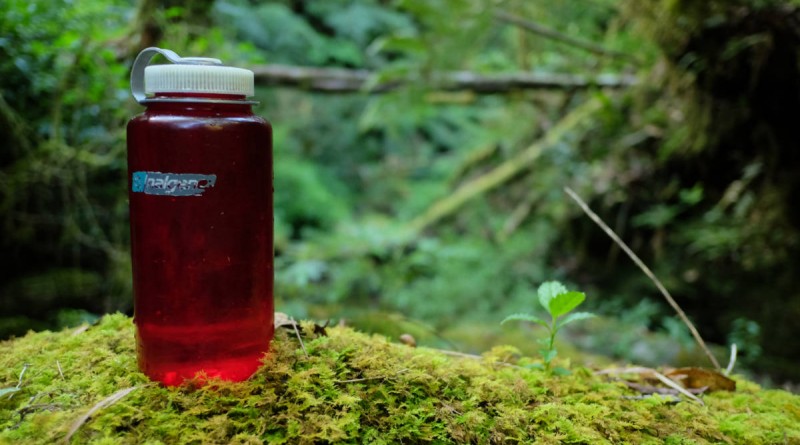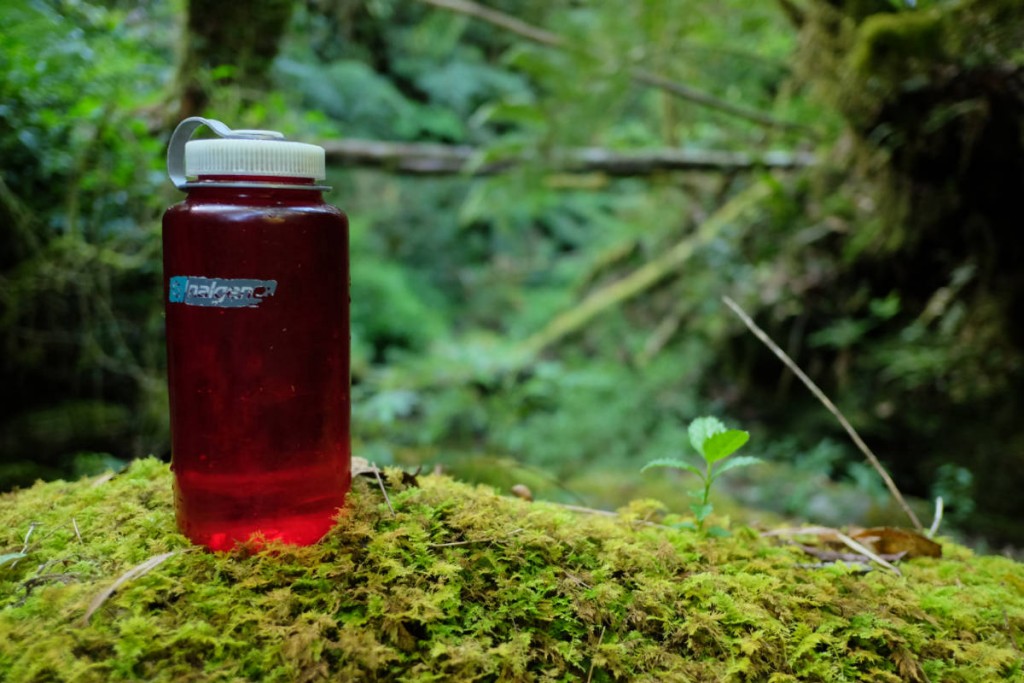Hiking hydration: How much water should you bring on a hike?
Water is life – this is true on and off the trails. Every hiker must bring sufficient loads of water, because dehydration is a very real possibility when hiking – especially during the summer or dry season. While its effects are usually mild, dehydration can also lead to fatigue, headache, confusion, and more severe illnesses or injuries, and thus must be avoided.
But it brings us to the question: Just how much water does one need when hiking?
There is no one-size-fits-all rule for bringing water. This will depend on the climate, the humidity, the amount of forest cover or sun exposure, and individual preferences/needs, but as a general rule for hiking in the Philippines, I recommend bringing at least two liters of water as an absolute minimum, and adding 500 mL for every hour of hiking beyond the 4th hour. Thus, for dayhike that would require 6 hours of hiking, 3 L of water is recommended.
But again, this will depend on the availability of water sources on the trail and the kind of trail you’re hiking. When I’m doing MakTrav, for instance, I only bring 2 liters, knowing that the forest cover and trail conditions will not dehydrate me too much. But when I’m going for the mountains of Central Luzon – Arayat or Balingkilat for instance – I bring the full 3 liters; probably more if I’m doing Balingkilat in the middle of the day. Of course when I haven’t climbed the mountain yet, I exercise an abundance of caution.
Beginners may need more water than experienced hikers as the trails will exact a heavier load on their bodies. Also, hikers under extreme stress or fatigue will require a lot of water. I’ve seen this happen in the past: an injured or overfatigued hiker can end up consuming the team’s whole water supply – to dire consequences for everyone.
Bear in mind also that the water in your bag is not just for drinking; it can be used for emergency situations like injuries to cleanse wounds, clean your gear, wash your hands, face or other parts of your body as needed. When you’re hiking with beginners, it’s also good to bring some extra in case others will need it. Of course water is also essential for cooking especially if there are no water source in your campsite, so you may also want to bring a water canteen for camp purposes.
The presence of water sources can lower the required volume of water you need for a hike – but bear in mind that not all water sources are reliable. Especially in the dry season, some sources dry up – so it’s still better to be prepared. (It is also worth noting that some individuals are more sensitive to the quality of spring or mountain water than others.)
What about sports drinks like Gatorade or Powerade? For intense hikes, they can be useful due to electrolyte loss. But there are other ways to replenish electrolytes without resorting to sports drinks – so I think they’re optional. Bananas, dates, raisins, and coconuts all have high potassium and anything salty has sodium and chloride (others also go for oral rehydration salts). Personally, I aim for plain water and electrolyte-rich mix of fruits and nuts, and, if the hike were intense, I’d reserve a bottle of energy drink and a chocolate bar.
One final reminder is that hydration is not just a concern during the hike – but before and after. Following Leo Oracion’s advice, I drink a “loading dose” of 500 mL of water before starting a hike (1 liter if high altitude), and I also try to drink 1 L in the hour immediately after the hike. Hikers can lose 0.5-2 kilos of body weight after a day of hiking but most of this is due to dehydration – it is important to replenish.
To summarize: Water is essential in hiking and while there is individual variation in exactly how much to bring, it is important to make sure one brings amounts that are more than adequate to the activity at hand.




Leave a Reply
Be the First to Comment!